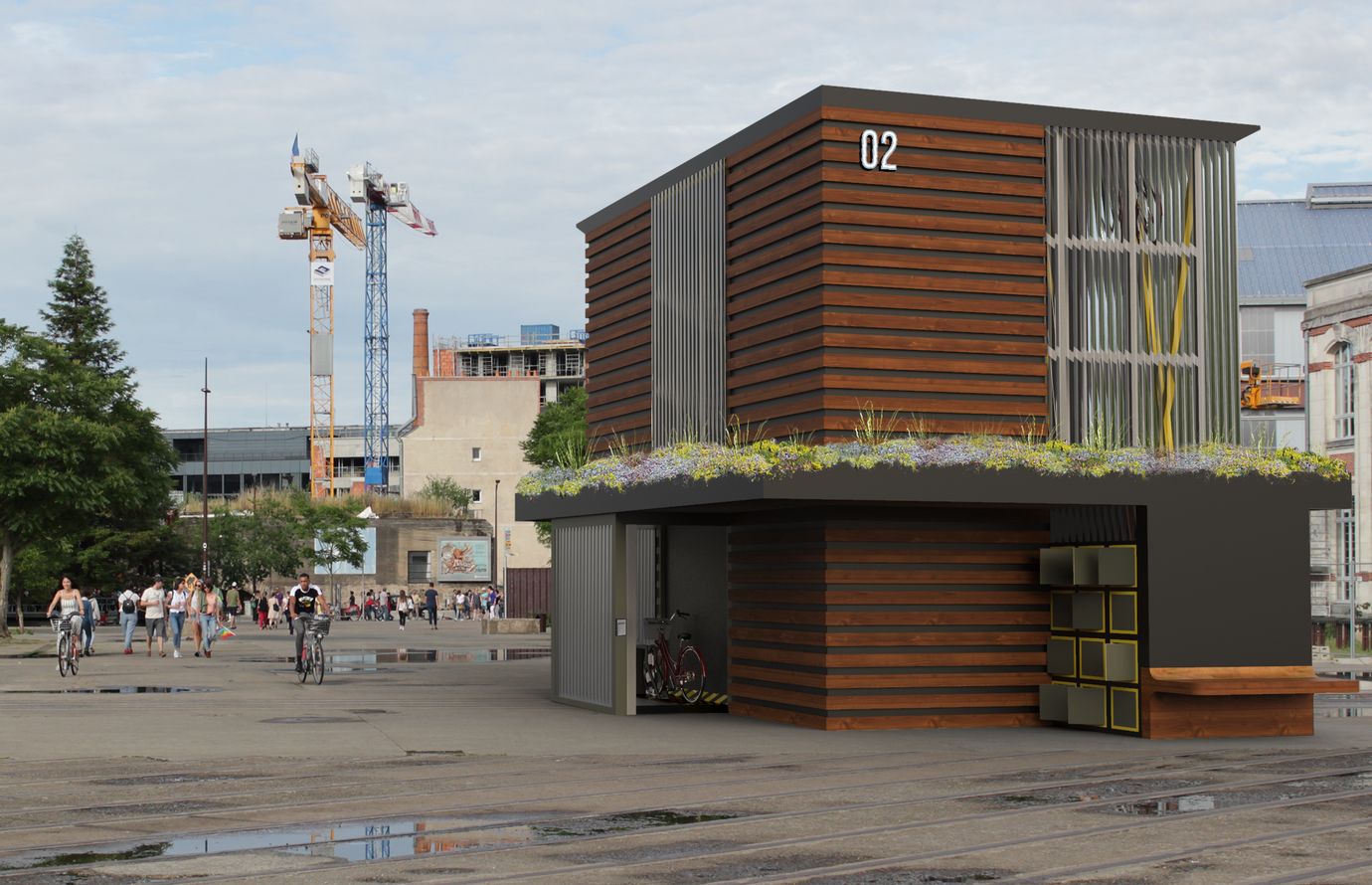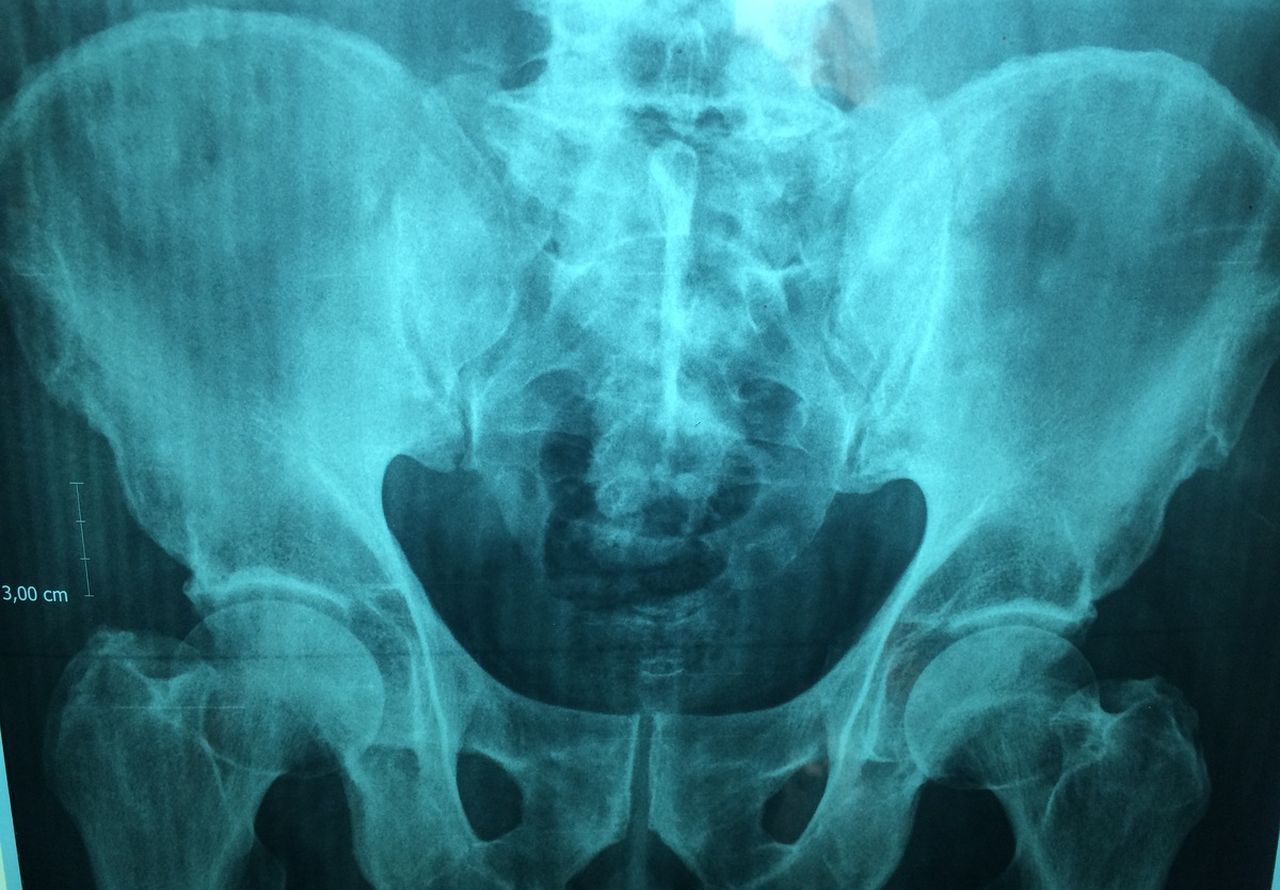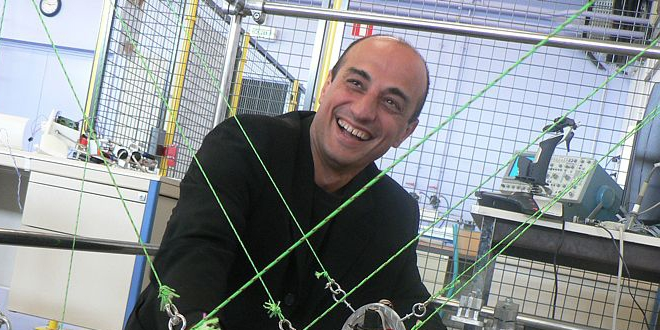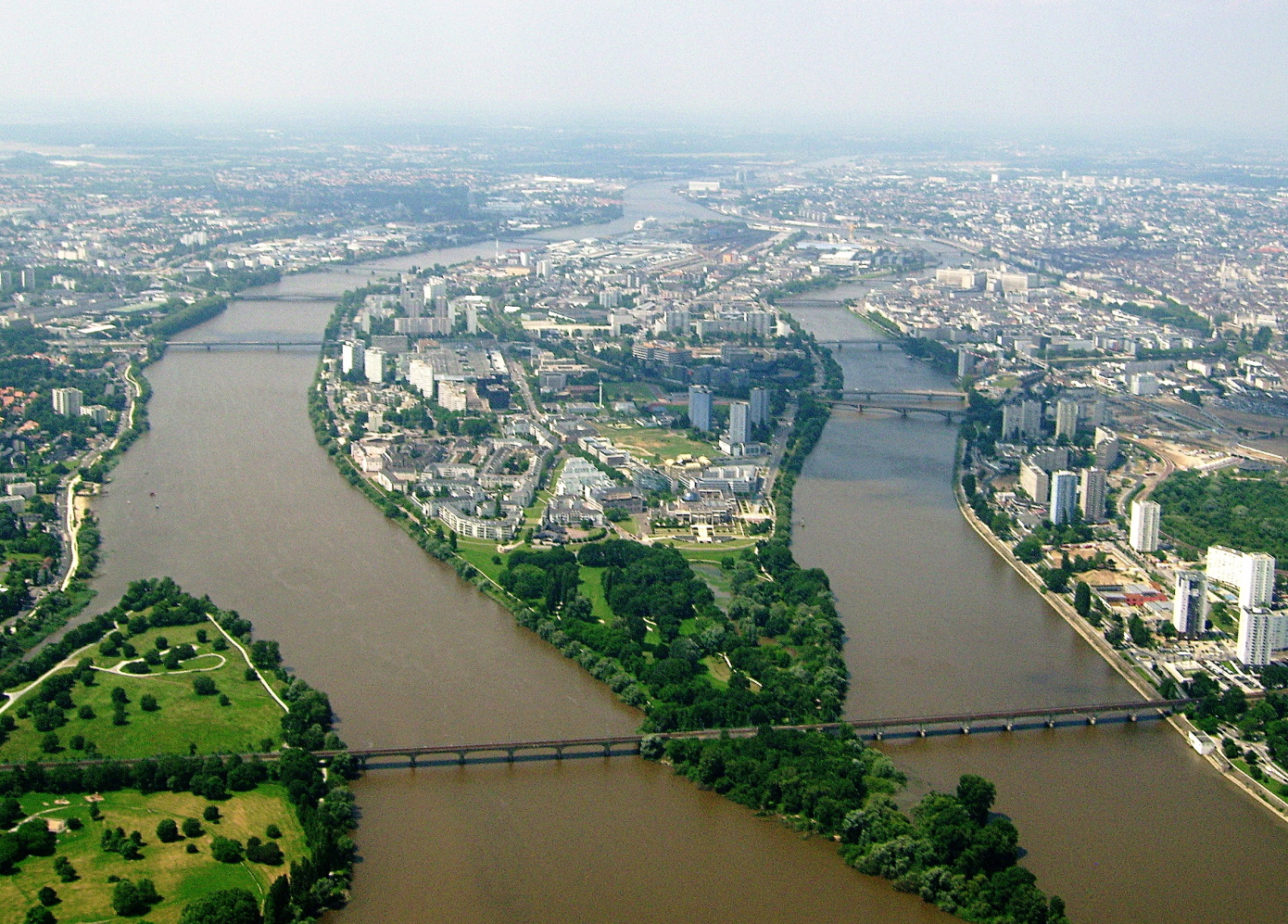In search of a future for fast neutron reactors
In August 2019, it was announced that the Astrid project for sodium fast reactors (SFR) was to be abandoned. In late 2020, Stéphanie Tillement, a researcher at IMT Atlantique, analyzed the rationale behind this abandonment in an article for I’MTech. But what is the global situation? Does this technology still have a future? Stéphanie Tillement and her colleague Frédéric Garcias analyze the prospects for this industry.
In 2000, fast neutron reactors returned to center stage, after years of being forgotten. The United States Department of Energy (DOE) organized a very important event for the nuclear industry at the global level, the “Generation IV International Forum” (GIF). This forum sought to help the nuclear industry recover by kick-starting research and innovation based on what were described as “revolutionary” reactors, which had to fulfill a number of very general objectives: safer, more cost-effective, reduce the risks of proliferation, save natural resources and minimize waste. And sodium fast reactors (SFR) fulfill these five criteria.
It was during this forum that this notion of generations of nuclear reactors was first defined. Those currently in operation in France – all of which are Pressurized Water Reactors (PWR) – are referred to as generation II. The European Pressurized Reactor (EPR) being built in Flamanville is referred to as a generation III – as are those being built in England and in Finland and the two EPRs in operation in Taishan in China. Generation IV reactors refer to reactors that are able to fulfill the previously-mentioned objectives. The members of the Generation IV forum agreed on six concepts of reactors referred to as generation IV, three of which are SFR. Among them, one is lead-cooled, another is gas-cooled, and the third is sodium-cooled, like the Astrid prototype introduced by France.
Saving uranium
“We have to put ourselves in the context of the 2000s,” says Frédéric Garcias, a researcher in organizational management at the University of Lille. “The nuclear industry was going through a lull in the construction of new reactors, in particular in the wake of the Chernobyl accident, but many believed that it remained a solution for the future. In what form, and within what timeframe? Growth was anticipated in China and in emerging countries, which could give rise to a high level of uranium consumption. Thus the interest in seeking uranium-efficient sectors.” Fast neutron reactors are able to consume depleted uranium and plutonium, which are waste products of previous generations of reactors.
Today, Russia and China are at the forefront of the SFR sector. Russia has two (BN-600 and BN-800, respectively 560 and 820 megawatts of electricity) that are based on an earlier design, which are not considered generation IV. China started out in 2011 with an experimental generation IV low-power sodium-cooled fast reactor (20 megawatts of electricity). France, which had also been at the forefront, has fallen behind since the Astrid project was abandoned in 2019. As for the United States, after kick-starting research efforts through the Generation IV Forum, it abandoned nuclear energy for a while, enticed by the prospects of shale gas and oil. But the prospects of a controllable, zero-carbon energy offered by nuclear power has led the country to turn its attention to this industry once again. While many start-ups are working in this area, there are no plans to build reactors at this time.
Towards small, modular reactors
If nuclear energy is struggling to revive itself, especially in countries like France and the United States, it may be that the prevailing approach to development throughout the second half of the 20th century is now outdated. It focused on building ever-bigger, more powerful, more complex reactors. This meant that they were more expensive and harder to fund. This race to build giant reactors may have reached its limitations with the EPR. “Big reactors are, or were, developed in highly-centralized countries like Russia or China, or like France was in some ways in the 1980s,” observes Stéphanie Tillement, a researcher in industrial sociology at IMT Atlantique. “It’s clear that historically, nuclear energy has been less successful in decentralized countries. With the rise of decentralized methods of governance, stakeholders wondered, ‘Why not consider smaller, modular reactors built to respond to needs – in short, decentralized?'” This is precisely the principle of Small Modular Reactors (SMR), which are anywhere from three to one hundred times less powerful than Generation III reactors. They do not have the same business model or organization: smaller reactors require less funding, and seem to be easier to deploy when there is less long-term visibility. SMR concepts are extremely varied: some are inspired by known tried and tested technologies while others are more “exotic.” They all use fission, and can be pressurized water (like generations II and III) or fast neutron reactors.
Read more on I’MTech: Nuclear: A Multitude of Scenarios to Help Imagine the Future of the Industry
Will we see a resurgence of nuclear power in France, whether through SMR or otherwise? “So far, the French government has been quiet on these issues,” says Stéphanie Tillement. “Neither the decision to launch (and then stop) a project to build a reactor like Astrid, or the launch of new projects have been debated or voted on in Parliament. There is no real industrial strategy for nuclear power in the multiannual energy program, a tool designed to steer France’s energy policy.” Clearly, no government, current or previous, seems to want to discuss these issues, as they are deemed to be too risky from a political viewpoint. And yet, nuclear energy is built over time, requiring long-term strategies and public investment. Without this, there is a risk that there will be a massive loss of skills, which will have definite consequences on the industry.
Loss of skills
“The French project to build EPR was started in 2007, after ten years without any building in France,” explains Frédéric Garcias. “The longer we go between projects, the more skills we lose, along with the entire industrial fabric. Industrial capacity requires upkeep! But politicians are unaware of this question of skills – they think that we can stop for twenty years and then just flip a switch to start up again.” Moreover, when there are few construction projects, and few prospects, the nuclear industry becomes less attractive, which impacts recruitment.
Politicians and the nuclear industry do not operate on the same timeframe. A presidential term lasts five years, while nuclear power take decades to develop. Could SMRs be an answer to this short-term vision? “We don’t yet know the answer to this question,” say the two researchers. SMRs would certainly be better- suited to a more volatile, less centralized world, with more participatory democracy. But we would also lose some of the advantages of the sector, such as its small physical footprint. And there would still be safety issues. France currently counts 18 nuclear power plants (56 reactors) – far more SMRs would be needed to produce the same amount of energy. This is unlikely to gain wide public acceptance!
Learning to innovate again
The nuclear industry is struggling due to its difficulty to plan for the future as it awaits government decisions that never come. Perhaps it should also reconsider the way it works. “The abandonment of the Astrid project raises questions about opportunities for innovation in the French nuclear sector,” says Stéphanie Tillement. “The French nuclear sector depends on a very small group of players, primarily EDF/Framatome for operations and design, the French Atomic and Alternative Energy Commission (CEA) and regulators — the Nuclear Safety Authority (ASN) with technical support from the French Institute for Radiation Protection and Nuclear Safety (IRSN). This provides stability, but also a certain inertia. The system has a hard time innovating and breaking away from pre-established models and modes of operation. This was seen in the work on Generation IV: only CNRS dared to develop a concept that was truly a radical breakthrough from previously-developed technologies, a concept for a molten salt reactor, which had never been built in France.” A debate has therefore been set in motion within the nuclear sector: is it still capable of innovating and changing?
By Cécile Michaut.













Leave a Reply
Want to join the discussion?Feel free to contribute!